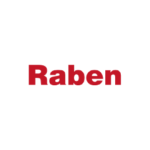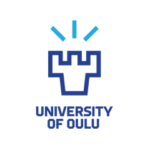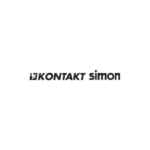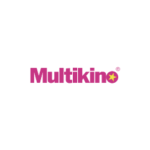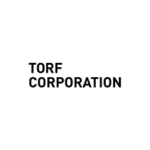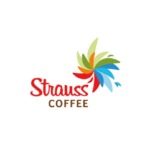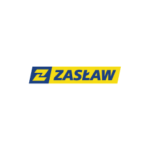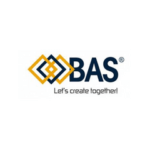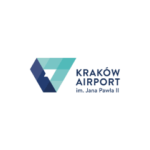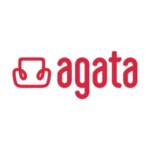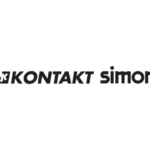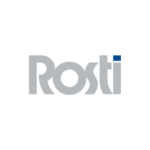We present a new series of articles! We will indicate negative phenomena that may be forgotten due to the changes forced by the lockdown. We will also discuss those that are replaced by new ones, not yet known to us. In the next parts of the series, we will cover, among others, the topic of the end of the fear of digitisation or the “death” of spreadsheets in personnel processes. We will also explain where the sudden burden on HR departments came from and why their work is now becoming more important.
Presentism, that is, being at work, whatever it takes
The first phenomenon we will look at is presentism. This notion is understood as being at work despite indisposition, illness, difficult family situation, etc. It is particularly difficult to diagnose, but it is worth knowing that the consequences of such an attitude are severe also for the company. Most of the research in the field of presentism focuses on the reduced productivity of employees who carry out their work despite their discomfort. What can be mainly indicated is:
- reduction of work efficiency by up to 40-50%,
- lower concentration,
- higher accident rate,
- more conflicts,
- deterioration of the job climate,
- low creativity.
Paradoxically, a high level of presentism also leads to an increase in absenteeism, as employees infect each other. Looking at the current situation, the effects can be really serious. If the fact of feeling bad marks the beginning of COVID-19 infection, presentism may lead to the temporary closure of all or part of the enterprise.
Absence from work or absenteeism
Absenteeism is an attitude from the other extreme. It is a long-term and cyclical absence from work – usually unplanned and often the information about it is not given in advance. Some researchers also include excused absences in this trend in the form of sick leaves issued on the basis of simulated symptoms. It is not difficult to guess that it is not so easy for employees to prove it. Currently, due to the coronavirus epidemic, the level of absenteeism has increased significantly.
According to “Dziennik Gazeta Prawna”, in March 2020 ZUS (Social Insurance Institution) recorded 36 percent more sick leaves than in February. The number of days of sickness absence was greater by half and amounted to 36.1 million (comparing February / March 2020). If we compare the periods year to year, it will come out that the number of absences has increased by as much as 46.3 percent and sick days by 47.8 percent.
What does a tendency towards absenteeism mean for the company? It includes:
- shortages in the cast,
- difficulties in implementing production / sales plans, etc.,
- the so-called “state of staff suspension”, i.e. the lack of new recruitment processes despite the business justification,
- negative impact on the atmosphere in the team and employees’ feeling that they do work “for someone else, on somebody’s behalf”.
Both phenomena lead to significant changes in work efficiency and undoubtedly have a negative impact on the achievement of the company’s business goals. How to protect companies against them or minimise the effects of their occurrence?
HR department advises: how to avoid consequences?
Step 1. Absence from work – filling the “metric black hole”
The term “metric black hole” was introduced by researcher Cal Newport. It means that it is difficult or even impossible to measure the impact of many factors on the enterprise. This phenomenon is particularly common in relation to factors associated with employees and their work.
Interestingly, the metric black hole can be systematically “buried” through consistent data collection in the IT system and its reliable analysis.
Let us assume that we have such data for absences as: the title of absence, its type and frequency of occurrence, dependence on given external factors, direct and indirect costs related to absences (e.g. costs of additional medical examinations, employee adaptation in work hours). By analysing them in terms of time, numbers and share, we can develop a solid and proven predictive model for absences. It will allow for monitoring of the level of key factors responsible for the phenomenon of absenteeism. The alarm level set in the IT system for HR will predict the severity of absenteeism before it occurs. It enables a quick reaction and preventive action.
Step 2. Easily accessible employee information; clear division of responsibilities
Our research shows that the main factors responsible for occurrence of the phenomenon of presentism are: unclear division of duties, lack of substituting personnel and low awareness of the consequences. On the other hand, absenteeism most often appears due to low awareness and errors in communication between the employer and employee.
Many companies plan in detail how to engage customers, business partners or investors, often forgetting about a very important element – employees.
Research confirms that the placement of key information about the scope of duties and work plan in a place accessible to employees allows for a significant reduction in absenteeism. For this reason, building awareness of presentism and absenteeism without an effective communication tool (an appropriate IT system) is a real challenge.
Step 3. Advanced and automated staff scheduling
A properly conducted staff planning process assumes simulations of the changing external and internal conditions of the company. In order to predict scenarios for the staff, e.g. in an epidemic, with fluctuating production / sales plans, several dozen or even several hundred factors should be taken into account. An additional factor that hinders this task is the different weight of these factors, their volatility and variability.
Particularly important in advanced planning is also taking into account:
- compliance with the Labour Code and internal regulations,
- production and sales plans – demand during specific working hours,
- even distribution of work between employees,
- the need to maintain the continuity of work of a given employee,
- absences,
- required qualifications, competences and authorisations,
individual preferences and requirements of the employee, - types of contracts, rates of remuneration, etc.
The cast planning process will be faster if it is automatic. Only then will it be possible to test many variants, revealing both gaps and surpluses in the context of the changing conditions of the company’s operation.
Absenteeism or presentism?
Comparing both phenomena, absenteeism and presentism, we can see that they are in fact two sides of the coin. While both attitudes have many disturbing effects, absenteeism seems to prevail today. Is it possible to limit the impact of both phenomena? Of course. However, it is necessary to take into account many variables and develop models based on them that will predict the severity of absenteeism and presentism. Testing different variants of operation is one of the main elements of advanced staff planning. We should also remember that the best preventive actions are based on clear and transparent communication that is available to all employees.
Łukasz Zaborowski
HR manager
Do you have any comments or questions? Get in touch with Łukasz Zaborowski on LinkedIn








